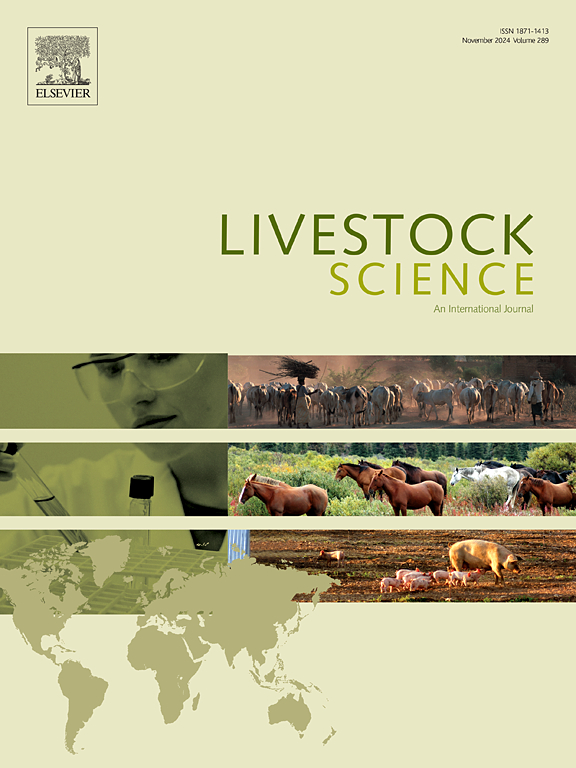A simple laboratory method for estimating the standardised precaecal digestible crude protein in pig feeds
IF 1.8
3区 农林科学
Q2 AGRICULTURE, DAIRY & ANIMAL SCIENCE
引用次数: 0
Abstract
Adequate protein supply for pigs to sustain performance and animal health can be determined in vivo from standardised precaecal digestible (pcd) crude protein (pcdCP). Until now, only time-consuming methods are available to estimate pcdCP from laboratory measurements without in vivo experiments. Therefore, the objective was to develop and establish a rapid laboratory method for estimating pcdCP based on the determination of neutral-detergent-insoluble or acid-detergent-insoluble crude protein (NDICP, ADICP). The CP was determined for cereal grains on the neutral detergent residue and for all protein feeds on the acid detergent residue, because N compounds such as Maillard products or N bound to tannin or in phytate complexes are retained in the acid detergent-insoluble fraction. A unique, large sample pool of 82 feed ingredients (cereal grains, differently heat-treated legume grains) was available on which in vivo pcdCP were determined in cannulated pigs. Crude protein (N ∙ 6.25) was determined in feed ingredients and in their ND or AD residues. The concentrations of ND- and AD-soluble CP (NDSCP, ADSCP) were calculated by difference. For the estimation of the concentrations of in vivo pcdCP for the entire dataset, a linear relationship was established between the concentrations of NDSCP or ADSCP and the in vivo pcdCP: y = 0.8640 (standard error [SE] 0.019) x - 13.37 (SE 7.479), where y represents the in vivo pcdCP (g/kg dry matter) and x represents the NDSCP (cereal grains) or ADSCP (protein feeds) value (g/kg dry matter). The coefficient of determination (R2) of this equation was 0.962. A validation with literature values showed a good fit of the equation to an independent data set (n = 20; R2 = 0.955). This study shows that based on chemical analysis alone, namely determination of NDICP and ADICP, from which NDSCP and ADSCP are calculated, in vivo pcdCP values can be estimated with a standardised and rapid laboratory method.
求助全文
约1分钟内获得全文
求助全文
来源期刊

Livestock Science
农林科学-奶制品与动物科学
CiteScore
4.30
自引率
5.60%
发文量
237
审稿时长
3 months
期刊介绍:
Livestock Science promotes the sound development of the livestock sector by publishing original, peer-reviewed research and review articles covering all aspects of this broad field. The journal welcomes submissions on the avant-garde areas of animal genetics, breeding, growth, reproduction, nutrition, physiology, and behaviour in addition to genetic resources, welfare, ethics, health, management and production systems. The high-quality content of this journal reflects the truly international nature of this broad area of research.
 求助内容:
求助内容: 应助结果提醒方式:
应助结果提醒方式:


